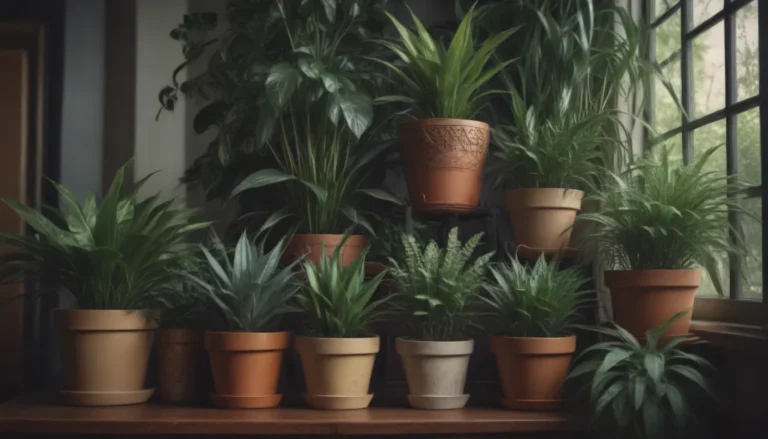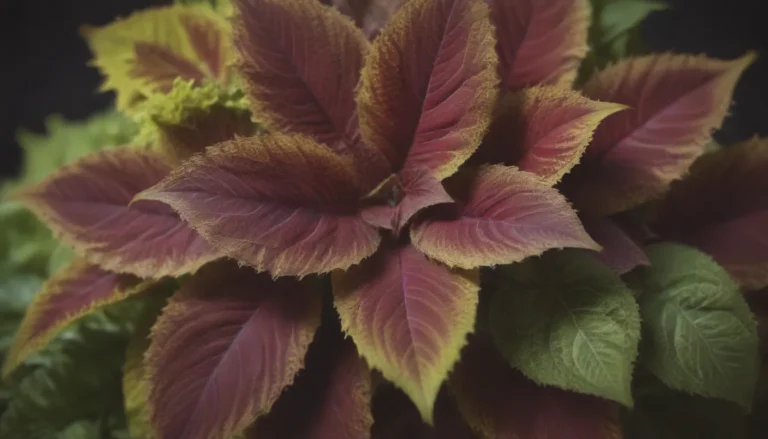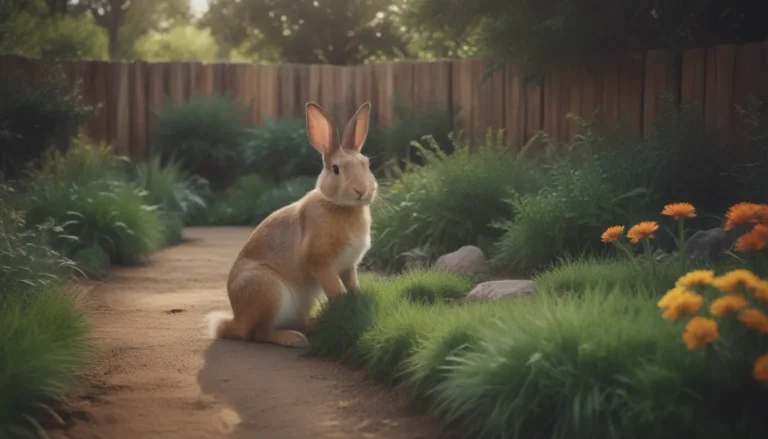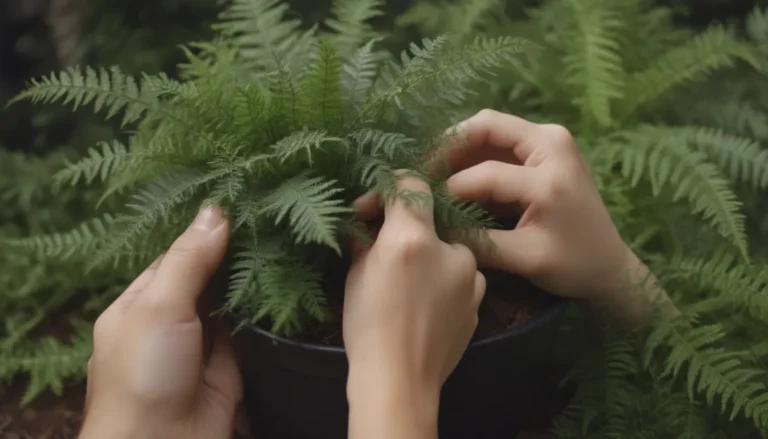How to Grow and Care for London Planetree: A Comprehensive Guide
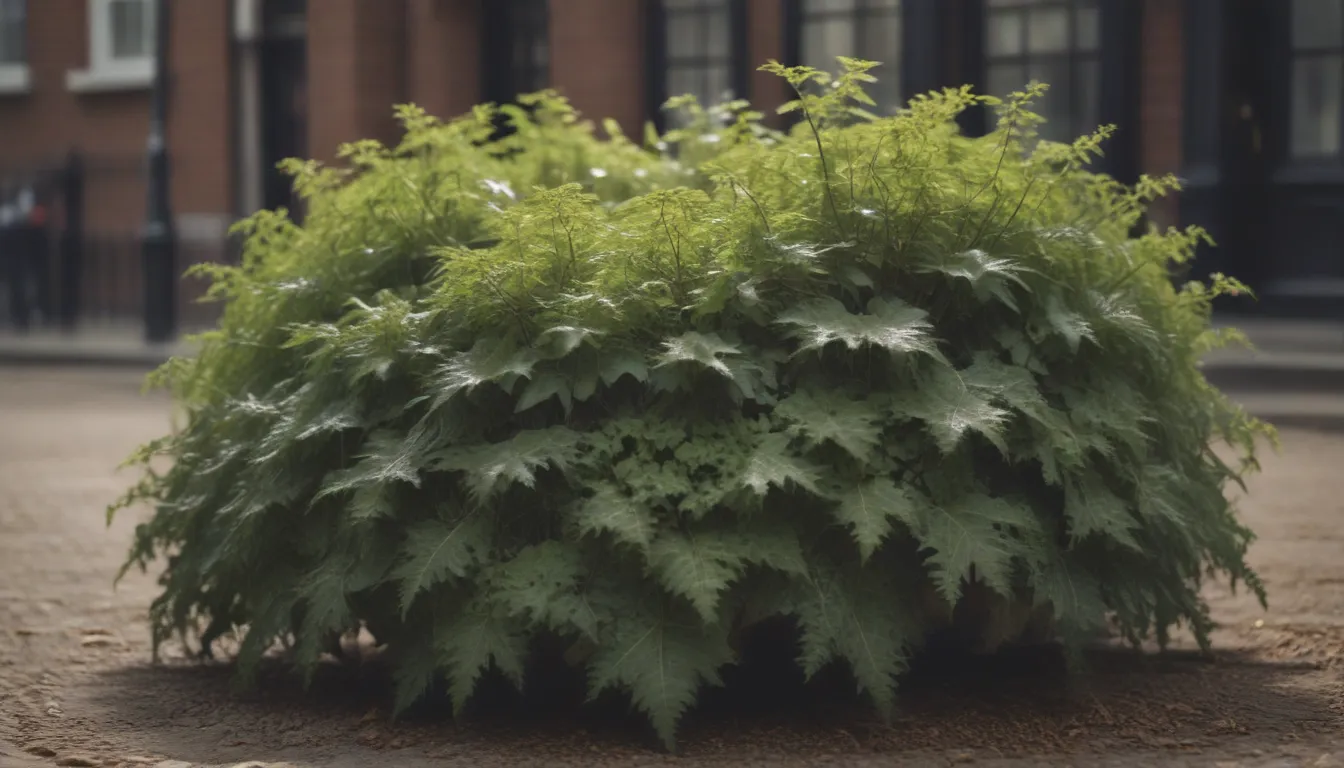
Are you looking to add a touch of elegance to your garden or urban landscape? The London planetree, also known as the London plane and maple-leaved plane tree, may just be the perfect choice for you. This majestic deciduous tree is not only stunning to look at but also incredibly resilient in urban environments. In this in-depth guide, we will explore everything you need to know about growing and caring for the London planetree to ensure it thrives in your space.
London Planetree Overview
The London planetree is a fast-growing tree that can gain several feet in height each year. It is known for its ability to tolerate partial sun, a wide range of soil types, urban pollution, and temperatures as low as -20 degrees Fahrenheit. One of the distinguishing features of the London planetree is its exterior bark that peels away in irregular patches to reveal creamy, whitish-green inner bark.
Care Essentials for London Planetree
Here are the main requirements for growing a healthy and thriving London planetree:
Light
- Full sun is ideal for the London planetree, but it can also tolerate partial shade.
- Aim for a minimum of six hours of sunlight per day to promote optimal growth.
Soil
- The London planetree thrives in rich, deep, well-draining soil.
- It can adapt to various soil types including loamy, sandy, and clay.
- This tree can also handle acidic and alkaline pH levels, as well as some soil compaction.
Water
- The London planetree has medium to high water requirements, depending on its exposure to heat and sunlight.
- It prefers consistently moist soil but can tolerate some drought.
- Mulching around the base of the tree can help retain moisture, reducing the need for manual watering.
- During extended periods without rain, give the tree a good soaking with a hose at least every other week.
Temperature and Humidity
- London planetrees thrive in moderate climate regions, typically in hardiness zones 4 through 9.
- The tree can withstand both hot summers and harsh winters, as long as the soil remains moist.
Fertilizer
- London planetrees planted in poor soil or confined spaces may benefit from tree fertilizer in early spring and fall.
- Soil testing can help determine the need for additional nutrients.
Types of London Planetree
The hybridization of the London planetree is believed to have occurred accidentally in the 17th century in either Spain or London, resulting in various cultivars. Some popular cultivars include:
- Bloodgood
- Columbia
- Liberty
- Metzam
- Morton Circle
Pruning Techniques
Proper pruning is essential to maintain the health and shape of the London planetree:
- Diseased, dying, and dead branches should be pruned in winter.
- Pollarding can be used to train the tree with short, club-like branches, requiring annual pruning.
- Pleaching involves braiding the branches of multiple trees to create a living fence, best started when trees are young.
Propagating London Planetree
While not guaranteed, it is possible to propagate the London planetree through branch cuttings or grafting to preserve specific traits.
- Begin propagation with branch cuttings in early spring, looking for new growth buds on branches.
- Grafting can help maintain cultivated varieties’ characteristics.
Growing London Planetree From Seed
For those not in a rush, London planetree seeds can be sprouted in your garden with patience:
- Collect seeds from established trees’ fluffy seed balls in spring.
- Soak seeds in water for 24 to 48 hours before spreading them on seed-starting soil in a tray.
- Keep the soil moist and place the tray in a bright, indirect sunlight location.
- Seeds should germinate within two weeks; transplant seedlings to individual containers once they are a few inches tall.
- Once seedlings are a few feet tall, plant them in a permanent outdoor location with direct sunlight.
Common Pests and Diseases
London planetrees are susceptible to various pests and diseases, including anthracnose fungus, leaf spot, canker stain, and powdery mildew. Some disease-resistant cultivars are available to combat these issues. While the tree may attract unwanted insects like Japanese beetles and caterpillars, maintaining its health with proper care can prevent infestations.
Common Problems With London Planetree
Due to its size and vigorous growth, the London planetree can present some challenges:
- Strong roots can cause damage to sidewalks, driveways, walls, fences, and pipes over time.
- Plant the tree in a location with ample space to avoid structural damage.
- The tree’s shedding leaves and fruits can result in increased maintenance.
- While it grows moderately fast, it is not considered invasive in the United States.
In conclusion, the London planetree is a beautiful and resilient tree that can thrive in various conditions with proper care and attention. By following the guidelines outlined in this comprehensive guide, you can enjoy the majestic beauty of this tree in your garden or urban landscape for years to come. Whether you are a seasoned gardener or a novice plant enthusiast, the London planetree offers a rewarding and visually striking addition to any outdoor space.

